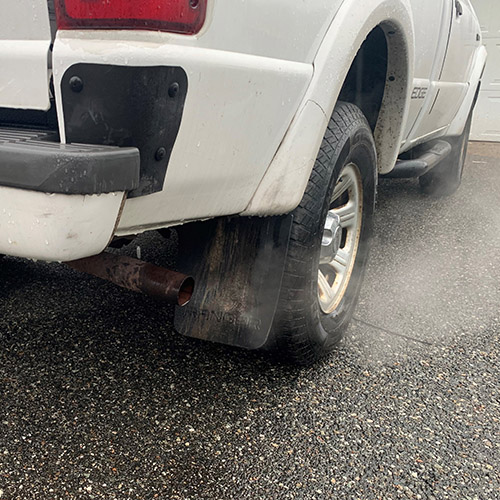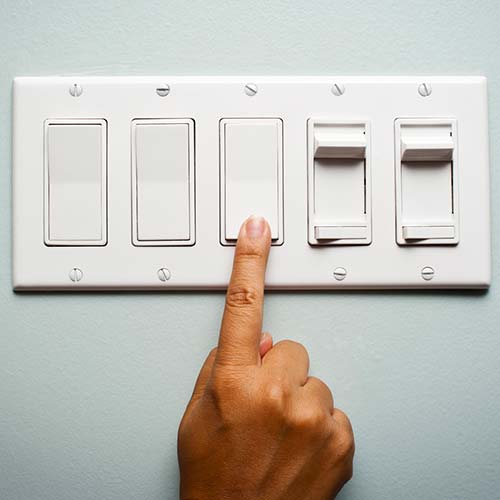Winter Weather Driving

Falling snow can be beautiful to look at from inside the house, but it can also create scary and unsafe conditions outside on the roads. As much as we might like, it's impossible to avoid driving in the cold weather in New Jersey and Pennsylvania. To make sure you stay as safe as possible, NJM would like to bring you some tips on preparing your car for winter weather and advice on navigating snowy and icy roads.
Check-up
Before the snowstorm strikes, have your car checked out by taking it in for a maintenance check-up to make sure it is in perfect working order. Check that your car battery is working appropriately and replace your windshield wipers if necessary, so that they can work well in snow and rain.
Fluids and Four-Wheel Drive
Check out your fluids and aim for a 50-50 mix of antifreeze and water in your radiator to prevent it from freezing at extreme temperatures. Make sure that your four–wheel drive is working, and that everyone who uses the car is aware of how and when to use it.
Snow Tires
Live in a hilly, snowy area? You might want to consider getting snow tires for the winter that will have better traction in the snowy months. When you're shopping around, ask stores for their "out-the-door charge," which will give you the total cost so that you can make sure you're getting the best deal.
Gas and Tire Pressure
Throughout the winter months, try and keep your gas tank at least half full to avoid a gas line freeze–up. Check your tire pressure frequently, as it tends to decrease in the cold weather. For every degree decrease in temperature, the tire pressure goes down 1 or 2 PSI.
Stay Alert
When you're driving, make sure to stay alert and aware. Slippery areas can appear seemingly out of nowhere, so it's important to be constantly scanning the road and driving defensively. Accelerate and decelerate more slowly, as it's important to prevent your car from losing control and sliding. Accordingly, the normal dry pavement following distance should be increased from 3–4 seconds to 8–10 seconds to account for the slippery risk.
Don't Use Cruise Control
Don't use cruise control on slippery surfaces and never stop while going up a hill in winter weather — the last thing you want is to lose control of your car and have it start slipping backward.
Driving in winter weather can be stressful and make your palms sweat despite the cold, as they hold on tightly to the steering wheel. But if you follow the tips and advice above, you'll be doing a great deal to lower your risk and make for safer trips through the winter weather.



